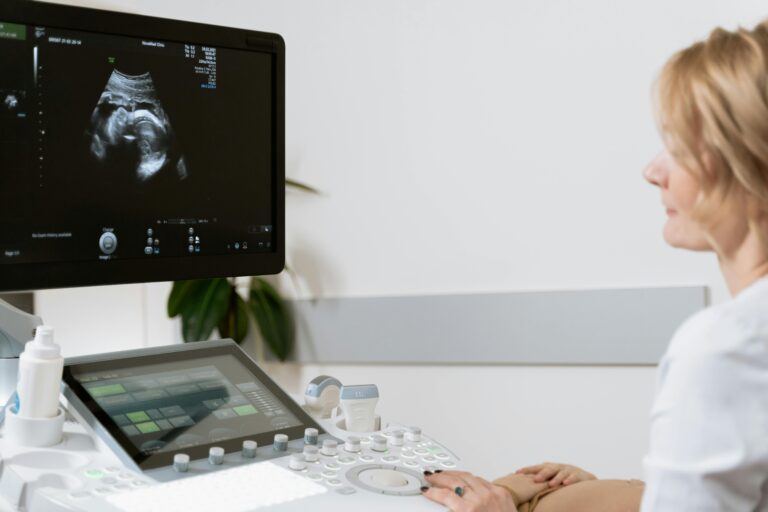The benefits of frequent physical activities
There are benefits to regular physical activities Due to the Covid-19 pandemic, more people are working from home, which results in the reduction of physical activity, but people can benefit from remaining physically active regularly. According to the World Health Organization (WHO), physical activity is “any bodily movement produced by skeletal muscles that requires energy expenditure.”
It can also be any form of movement with people participating in recreational and work-related pursuits. Some benefits of regular physical activity are “proven to help prevent and manage noncommunicable diseases such as heart disease, stroke, diabetes and several cancers,” said WHO. Additionally, physical activity “prevent hypertension, maintain healthy body weight and can improve mental health, quality of life and well-being,” as documented by WHO. Some examples of physical activities include jogging, cycling, dancing, and gardening. People with life threatening diseases and the general population that are active “minimize economic burdens due to medical costs,” says the Pan American Health Organization (PAHO).
Diabetes patient, Roger Brown, (not his real name) participates in regular exercise as he has been diagnosed with the non-communicable disease for a few years. “I train myself to be up early in the mornings to do my daily walk,” says Brown, “it makes me able to function in the day,” he added.
The Center for Disease Control and Prevention (CDC), recommends diabetic patients to be active consistently as it allows their bodies to readily accept the insulin medication. Diabetic patients are not the sole beneficiaries from physical activities, but hypertensive patients and those who want to be bodily fit.
“I usually do a little bit of exercise after work, you will always hear the YouTube videos that help me to exercise,” says Jill Bryan (not her real name). “I exercise two days a week,” she added. Bryan remains active because she wants to improve her health, wellness and maintain her weight.
However, for hypertension patient Danielle Falconer (not her real name) she does not participate in enough physical activities, because of her shift work schedule. In addition to this, her diet does not contain the foods that will properly manage the disease. “Mi not eating on time, I‘m eating a lot of salty foods which make my blood pressure go up many times, but the situation not going to change until I get a new job,” said Falconer, “I can’t leave mi job just so though,” she added.
But it is recommended that hypertension patients must engage in “healthy eating and exercise”, says Dr. Soe Nuang.
Furthermore, physical activity also benefits children and adolescents. On the authority of WHO, children should do at least an average of 60 minutes per day of moderate-to-vigorous intensity, mostly aerobic, physical activity, across the week and limit the amount of time spent being sedentary, particularly the amount of recreational screen time.
This is very beneficial as “More than 80% of the world’s adolescent population is insufficiently physically active,” documents PAHO.






